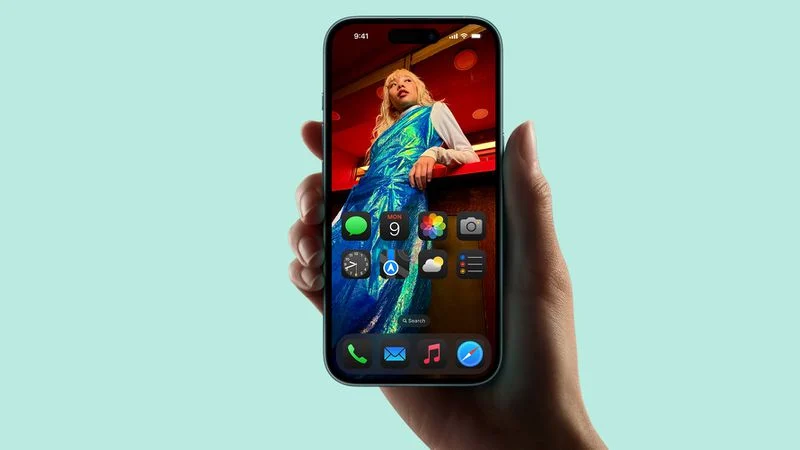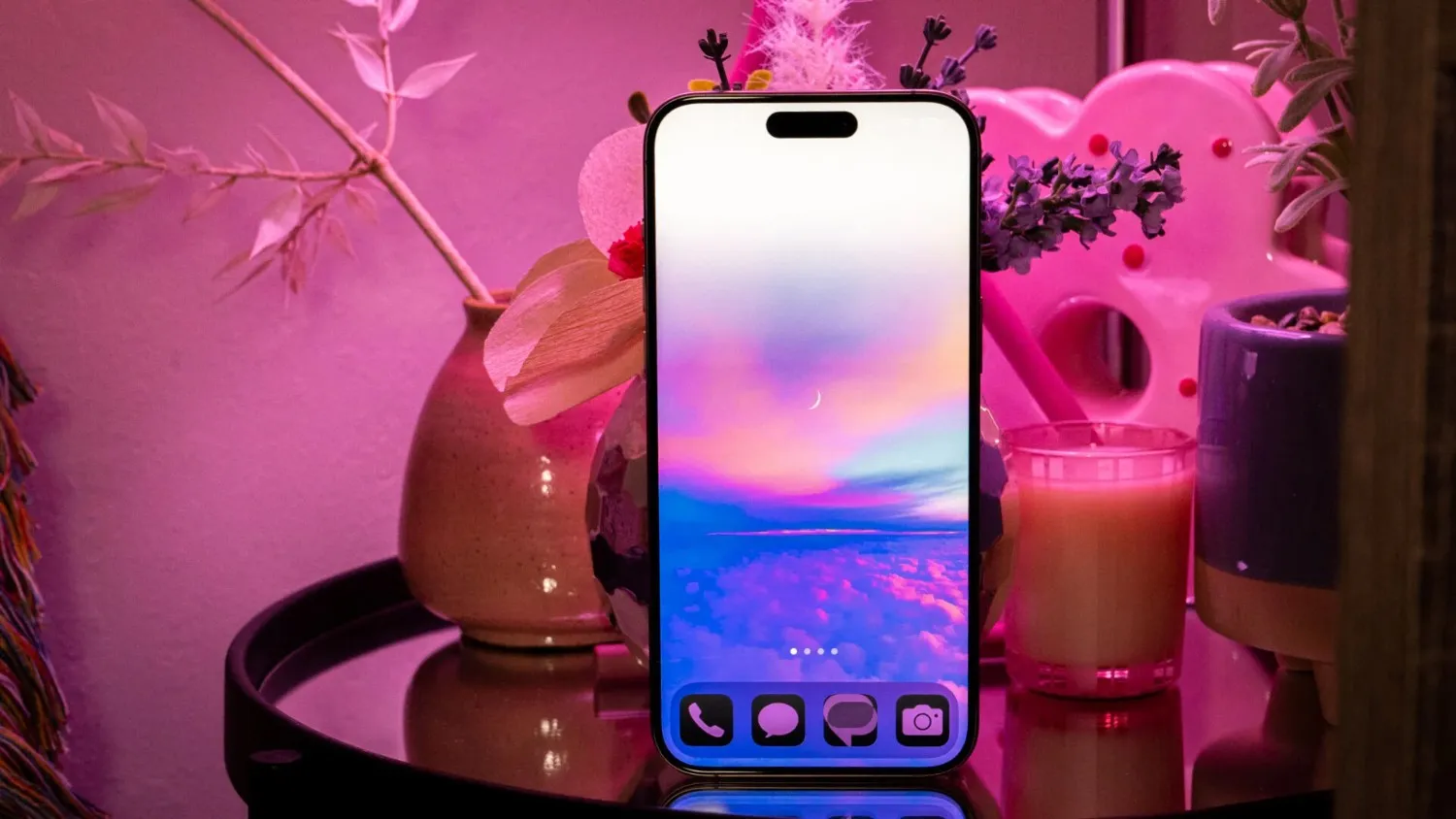Apple is shaking up its iPhone release schedule starting in 2026, according to analyst Ming-Chi Kuo. The company plans to launch the iPhone 17e, a budget-friendly model, in early 2026. This follows the iPhone 16e, which replaced the iPhone SE and starts at $599.
The iPhone 17e aims to offer affordable options while Apple competes with brands like Huawei in China. In late 2026, Apple will roll out premium models, including the iPhone 18 Pro, iPhone 18 Pro Max, iPhone 18 Air, and its first foldable iPhone. This foldable device, with a book-style design, will have a 5.7-inch outer screen and an 8-inch inner display.
The standard iPhone 18 and an updated iPhone 16e will arrive in spring 2027, spreading out Apple’s launches to manage production better. By late 2027, Apple is set to release the iPhone 19 Air, featuring a bigger display than the iPhone 18 Air. Alongside it, a second-generation foldable iPhone and the iPhone 19 Pro models will launch, marking the iPhone’s 20th anniversary.
These changes aim to close the gap with competitors who release flagship phones earlier in the year and keep Apple’s marketing sharp as its lineup grows. This new strategy shows Apple adapting to a crowded market, balancing innovation with affordability, and planning big for its milestone year in 2027.






